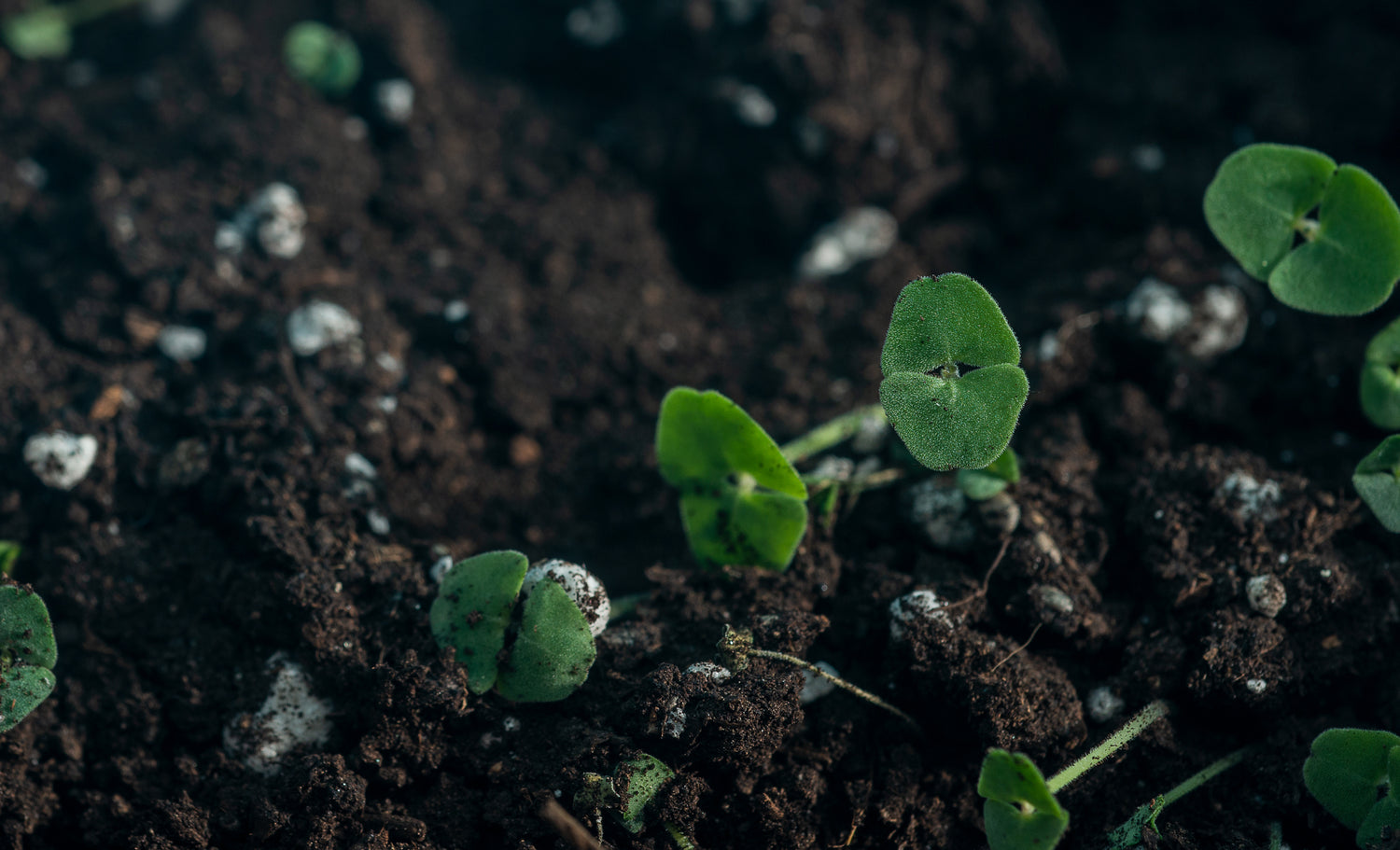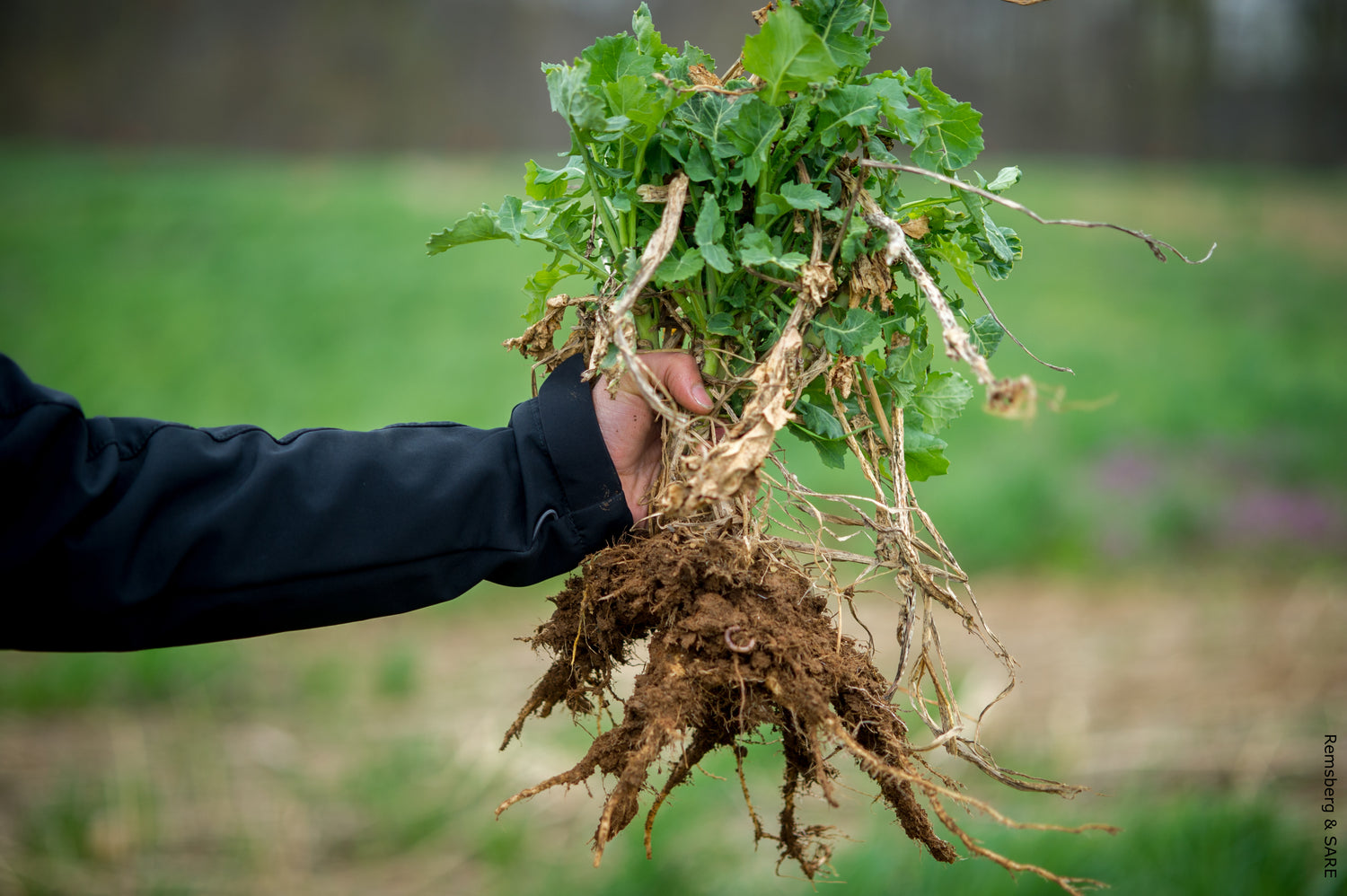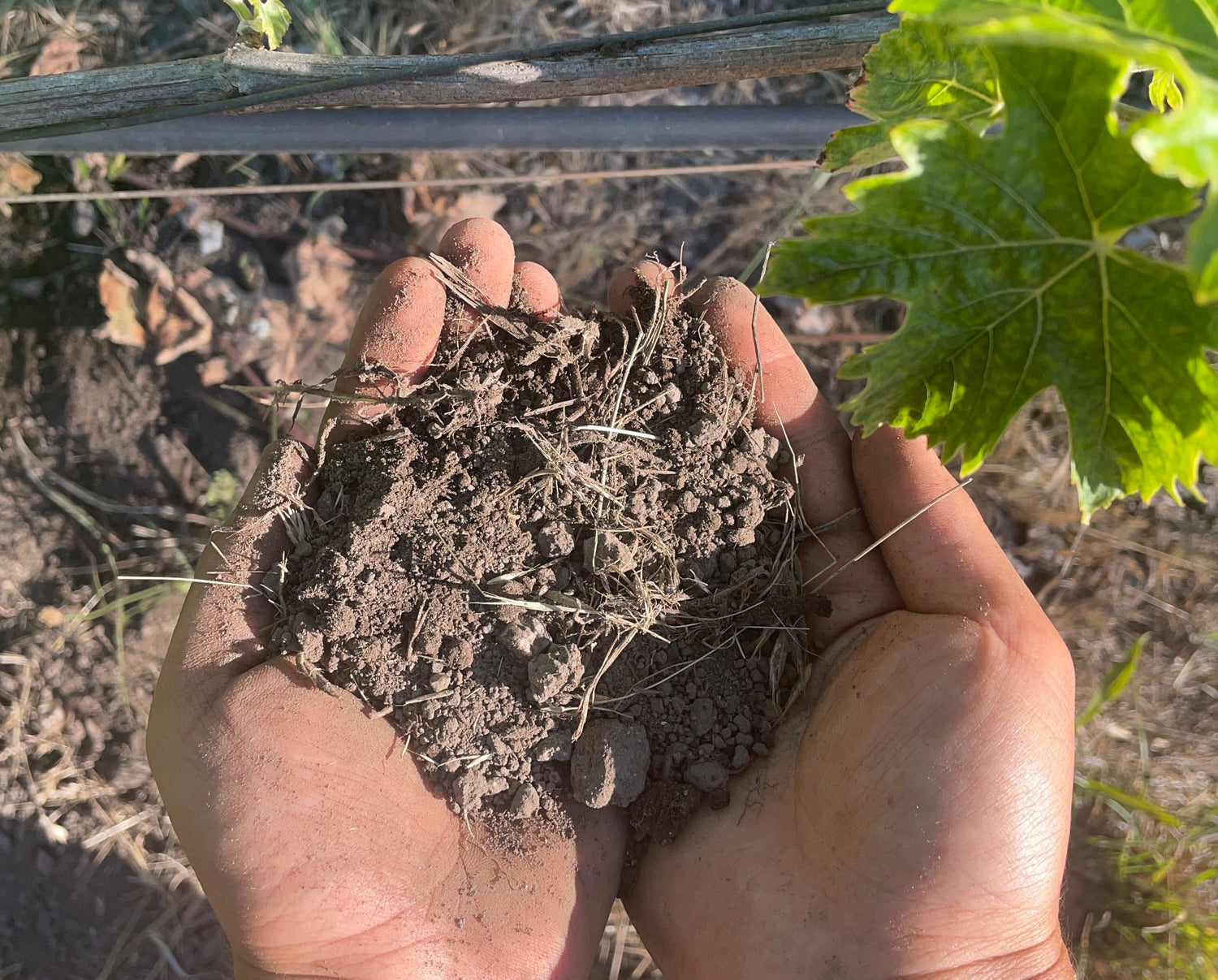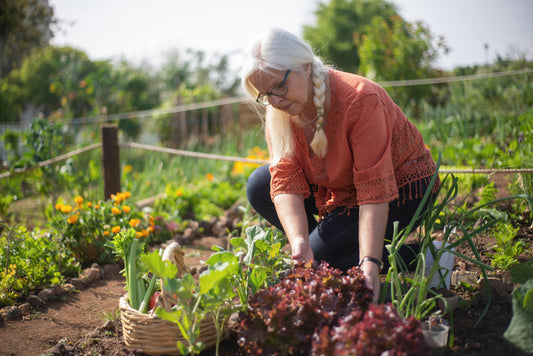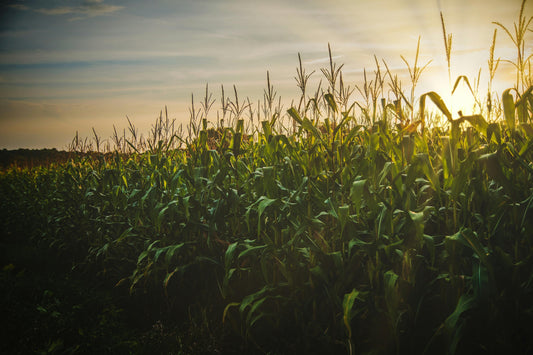Nestled in the heart of Silicon Valley between Menlo Park and Redwood City, Atherton encompasses 5.0 square miles of premium residential estates with diverse soil conditions that support some of California's most luxurious landscapes. This affluent community, situated on the San Francisco Peninsula, features a Mediterranean climate and complex geological history that have created distinct soil environments ranging from well-drained alluvial terraces to clay-rich valley bottoms.
Geological and Climatic Foundations
Atherton sits within the San Francisco Bay Area's Coast Range geological province, characterized by sedimentary formations, alluvial deposits, and tectonic activity from the nearby San Andreas Fault system. The town experiences a Mediterranean climate with average annual rainfall of 22-24 inches (560-610 mm), concentrated primarily between November and March, with dry summers and mild, wet winters.
The Natural Resources Conservation Service (NRCS) has documented 12 different soil mapping units within Atherton through the Web Soil Survey. These soils have formed through alluvial deposition from San Francisquito Creek and Atherton Channel, marine sediment accumulation from ancient bay environments, and weathering of Franciscan Formation bedrock and Tertiary sedimentary materials.
According to the California Soil Resource Lab, approximately 95% of Atherton consists of residential estates with modified but relatively intact soil profiles, while 5% consists of preserved open space and riparian corridors along creek systems with natural soil conditions.
Soil Formation Processes
Soil formation in Atherton follows classical soil development patterns involving parent material, climate, organisms, topography, and time. Parent materials include Holocene and Pleistocene alluvial sediments deposited by San Francisquito Creek, Tertiary marine sediments from ancient San Francisco Bay extensions, and residual materials from weathered Franciscan Formation sandstones and shales.
The Mediterranean climate promotes specific weathering patterns with wet winters causing moderate chemical weathering and dry summers leading to minimal leaching, concentrating nutrients in the upper soil profile. Native vegetation communities historically included coast live oak woodland (covering 60% of the area), riparian forest along creek corridors (15%), and coastal prairie grasslands (25%), all contributing organic matter and influencing soil chemistry.
The town's relatively flat topography, with elevations ranging from 40-120 feet above sea level, creates uniform soil development patterns with gentle slopes promoting good drainage while preventing excessive erosion. Estate development since the early 1900s has modified natural soil profiles but generally preserved underlying soil structure due to low-impact development practices.
Major Soil Types and Distribution
Alluvial Terrace Soils (Mollisols and Alfisols)
Well-developed alluvial terrace soils dominate approximately 60% of Atherton, covering 3.0 square miles of the community's prime residential areas. These soils are typically well-drained with depths ranging from 4-10 feet and are among the most fertile and stable soils in San Mateo County. The NRCS identifies several major soil series including:
- Botella Series: Fine-loamy, mixed, superactive, thermic Typic Haploxerolls - well-drained soils formed in alluvium with mollic epipedons
- Los Altos Series: Fine-loamy, mixed, superactive, thermic Typic Argixerolls - moderately well-drained soils with argillic horizons
- Yolo Series: Fine-silty, mixed, superactive, nonacid, thermic Mollic Xerofluvents - deep, well-drained soils in recent alluvium
These soils have organic matter content ranging from 2.0-4.5%, pH levels between 6.0-7.5, and electrical conductivity typically below 1.0 dS/m, making them excellent for ornamental landscaping and supporting mature oak trees and exotic plantings common in estate gardens.
Clay-Rich Valley Soils (Vertisols and Alfisols)
Clay-rich soils occur across approximately 25% of Atherton (1.25 square miles), particularly in lower-lying areas near Atherton Channel and areas with fine-textured alluvial deposits. These soils have clay content ranging from 25-45% and exhibit moderate to high shrink-swell potential. Major clay soil series include:
- Pleasanton Series: Fine, mixed, active, thermic Typic Argixerolls - deep, moderately well-drained soils with clay accumulation
- Rincon Series: Fine, smectitic, thermic Typic Palexeralfs - very deep soils with high clay content and slow permeability
Clay soils have water-holding capacity of 0.18-0.25 inches per inch of soil, excellent for drought-tolerant landscaping but requiring careful drainage management with infiltration rates often below 0.2 inches per hour during wet periods.
Sandy Loam Soils (Mollisols and Entisols)
Sandy loam soils are present in approximately 10% of Atherton (0.5 square miles), primarily on higher terraces and areas with coarser alluvial deposits. These soils drain well with infiltration rates of 2-6 inches per hour and provide excellent foundation stability for large estate homes. The Dublin and Pleasanton series variants occur in these areas.
Sandy loam soils typically have organic matter content of 1.5-3.0%, support excellent root development for both native oaks and exotic landscape plants, and require moderate irrigation management for optimal plant performance.
Riparian and Creek Bottom Soils (Entisols and Inceptisols)
Riparian areas along San Francisquito Creek and Atherton Channel contain approximately 5% of the town's soils (0.25 square miles). These soils, including Riverwash and Corte Madera series, support native riparian vegetation and require special management due to seasonal flooding potential and environmental sensitivity.
Creek bottom soils are typically deep, well-drained during dry periods, but subject to seasonal saturation. They support native sycamore, willow, and bay trees, with organic matter content ranging from 3-8% in surface horizons.
Estate Landscaping and Soil Applications
| Soil Type | Area Coverage | Key Features | Optimal Landscape Uses | Management Considerations |
|---|---|---|---|---|
| Alluvial Terrace | 3.0 sq miles (60%) | Well-drained, fertile, 4-10 ft depth | Formal gardens, mature trees, lawns | Excellent drainage, minimal amendments needed |
| Clay-Rich Valley | 1.25 sq miles (25%) | Water-retentive, 25-45% clay content | Drought-tolerant plants, Mediterranean gardens | Drainage improvement, avoid wet-season cultivation |
| Sandy Loam | 0.5 sq miles (10%) | Excellent drainage, stable foundation | Native oak preservation, herb gardens | Regular organic matter addition, efficient irrigation |
| Riparian | 0.25 sq miles (5%) | Deep, seasonally moist, high organic matter | Native habitat preservation, bioswales | Flood management, erosion control, permit requirements |
Environmental Challenges and Management
Oak Root Fungus and Tree Health
Atherton's numerous heritage oak trees face challenges from Armillaria root rot (oak root fungus), particularly in clay soils with poor drainage. The California Department of Forestry and Fire Protection estimates that 15-20% of mature coast live oaks in Atherton show signs of decline related to root diseases exacerbated by irrigation practices unsuitable for native trees.
Oak tree protection requires maintaining natural soil moisture patterns, avoiding summer irrigation within the drip line, and ensuring proper drainage around root zones. The Town of Atherton requires permits for removal of trees over 12 inches diameter, emphasizing preservation of the community's iconic oak canopy.
Irrigation and Water Management
Estate properties in Atherton typically use 1.5-3.0 acre-feet of water annually for landscape irrigation, significantly above regional averages. Clay soils require careful irrigation scheduling to prevent waterlogging, while sandy soils need more frequent applications. The California Water Service Company serves Atherton and offers landscape water audits to optimize irrigation efficiency.
Smart irrigation systems with soil moisture sensors can reduce water use by 20-40% while maintaining landscape quality. The Bay Area Water Supply and Conservation Agency provides rebates up to $2,000 for high-efficiency irrigation system installations.
Drainage and Seasonal Flooding
Winter rainfall can cause temporary flooding in clay soil areas and along creek corridors. The San Mateo County Flood Control District maintains drainage infrastructure, but private properties require proper grading and drainage systems. Areas with clay soils may need French drains or other subsurface drainage improvements to prevent foundation issues and plant stress.
Soil Testing and Analysis
Professional Testing Services
The UC Master Gardener Program recommends annual soil testing for estate properties with intensive landscaping. Comprehensive soil analysis costs $75-150 and includes pH, organic matter, major nutrients, micronutrients, and salinity levels. Tests for oak root fungus and other plant pathogens cost an additional $50-100.
Soil testing laboratories certified by the California Department of Food and Agriculture include A&L Western Laboratories in Modesto and Fruit Growers Labs in Santa Paula, both offering specialized testing for high-end residential landscapes.
Property-Specific Considerations
Estate properties should test multiple locations due to soil variability across large lots. Test areas include: formal garden areas, under mature oak trees, near the house foundation, and any areas with drainage issues or plant stress. Different areas may require different management strategies based on soil conditions and intended use.
Premium Landscape Management Strategies
Organic Matter and Soil Health
High-quality compost application at rates of 1-2 inches annually maintains optimal soil health for estate landscapes. The California Certified Organic Farmers organization certifies premium compost suppliers. Estate-quality compost costs $40-80 per cubic yard delivered and should be aged 12-18 months for optimal plant performance.
Green waste from estate properties can be composted on-site using three-bin systems or tumbler composters, producing 2-3 cubic yards of finished compost annually from a typical estate's organic waste. Professional composting services are available for larger properties.
Native and Adapted Plant Selection
The California Native Plant Society recommends over 150 native species suitable for Atherton conditions. Premium native plants for estate landscapes include Quercus agrifolia (coast live oak), Ceanothus 'Ray Hartman' (California lilac), and Heteromeles arbutifolia (toyon).
Mediterranean climate plants from similar regions (Mediterranean Basin, South Africa, Australia) thrive in Atherton soils and provide year-round interest. These plants typically require 40-60% less water than traditional temperate landscape plants while providing sophisticated aesthetic appeal suitable for estate properties.
Professional Landscape Services
Estate landscape management requires specialized knowledge of soil conditions, plant selection, and maintenance practices. Certified landscape professionals familiar with Atherton's unique conditions include those certified by the Professional Landcare Network and American Society of Landscape Architects.
Seasonal Soil Management Calendar
Fall (September-November): Plant trees and shrubs, apply compost, overseed lawns, test soil pH and nutrients.
Winter (December-February): Prune dormant plants, maintain drainage systems, avoid working clay soils when wet, plan spring plantings.
Spring (March-May): Plant annuals and perennials, apply pre-emergent herbicides, adjust irrigation systems, fertilize established plants.
Summer (June-August): Deep watering schedules, monitor plant stress, maintain mulch layers, harvest vegetables and herbs.
Premium Garden Centers and Suppliers
| Supplier | Address | Specializations |
|---|---|---|
| Yamagami's Nursery | 1361 S De Anza Blvd, Cupertino, CA 95014 | Japanese maples, bonsai, premium soil amendments |
| Summerwinds Nursery - Palo Alto | 540 San Antonio Rd, Palo Alto, CA 94306 | Estate landscaping, custom soil blends, design consultation |
| Peninsula Planting | 295 Redwood Ave, Redwood City, CA 94061 | Native plants, drought-tolerant landscapes, restoration |
| Sloat Garden Center - Menlo Park | 700 Santa Cruz Ave, Menlo Park, CA 94025 | Premium plants, organic amendments, landscape lighting |
| The Dry Garden | 6556 Shattuck Ave, Oakland, CA 94609 | Mediterranean plants, succulents, water-wise landscaping |
| Green Thumb Nursery - San Jose | 1019 N San Antonio Rd, San Jose, CA 95148 | Fruit trees, vegetable starts, soil testing services |
| UC Master Gardener Program - San Mateo County | 625 Miramontes St, Half Moon Bay, CA 94019 | Soil testing, plant problem diagnosis, educational workshops |
Frequently Asked Questions
How do I protect my heritage oak trees while maintaining an estate landscape?
Oak protection requires understanding their native soil conditions and water requirements. Avoid summer irrigation within 1.5 times the canopy diameter, maintain natural grade levels around trunks, and use mulch rather than lawn beneath oak canopies. The UC Integrated Hardwood Range Management Program provides specific guidelines for oak tree care in residential settings.
What soil amendments work best for formal garden areas in Atherton?
Premium compost aged 18-24 months provides optimal results for formal gardens. Add 2-3 inches annually to maintain soil organic matter at 4-6%. For clay soils, incorporate coarse sand (not fine sand) at 20-30% by volume to improve drainage. Aged horse manure from local stables provides excellent nutrition for annual flower beds and vegetable gardens.
How do I manage seasonal clay soil challenges?
Clay soils require strategic timing for cultivation and planting. Work clay soils only when they crumble in your hand rather than forming a ball. Install drainage systems before problems develop - French drains cost $15-25 per linear foot but prevent costly foundation and landscape damage. Plant in raised beds 6-12 inches high to improve drainage around root zones.
What are the best drought-tolerant plants for Atherton's clay soils?
Mediterranean plants that thrive in clay include Lavandula species (lavender), Rosmarinus officinalis (rosemary), Cistus species (rockrose), and Phlomis species (Jerusalem sage). Native California plants adapted to clay soils include Ceanothus species, Manzanita (Arctostaphylos), and native bunch grasses like Festuca californica.
How often should I test soil on my estate property?
Estate properties benefit from annual soil testing in high-maintenance areas like formal gardens and lawns, and every 2-3 years in established landscape areas. Test different zones separately as soil conditions vary across large properties. Spring testing provides optimal timing for making amendments before the growing season.
What are signs that my soil drainage needs improvement?
Poor drainage indicators include water standing for more than 24 hours after rain or irrigation, moss growth on soil surfaces, plant yellowing or dieback during wet periods, and soggy soil conditions that persist into late spring. Professional drainage assessment costs $200-500 but prevents costly plant loss and foundation issues.
How do I maintain soil health under mature oak trees?
Oak trees require specific soil management: maintain 4-6 inch mulch layers using oak leaves or wood chips, avoid any cultivation within the drip line, never add soil or amendments over roots, and eliminate summer irrigation within the root zone. Oak trees obtain water from winter rains and deep groundwater, making summer irrigation harmful to their health.
What soil preparation is needed for vegetable gardens in Atherton?
Vegetable gardens require well-drained soil with 4-6% organic matter. Raised beds 12-18 inches high work best in clay soil areas. Use certified organic soil mix or create custom blends with 40% compost, 30% topsoil, and 30% coarse sand. Install drip irrigation systems with soil moisture sensors to optimize water and nutrient management.
How do I select plants that match my specific soil conditions?
Professional soil analysis determines pH, drainage, and nutrient levels that guide plant selection. Clay soils support Mediterranean plants and natives adapted to seasonal moisture variation. Well-drained terrace soils support a wider range including exotic species common in estate landscapes. Consult with certified landscape professionals familiar with Atherton's soil variability.
What permits are required for landscape modifications in Atherton?
The Town of Atherton requires permits for tree removal (trees over 12 inches diameter), significant grading (moving more than 50 cubic yards of soil), and creek setback modifications. Heritage tree preservation is prioritized, and replacement ratios apply for approved removals. Contact the Town Planning Department before beginning major landscape projects.
Conclusion
Atherton's 5.0 square miles represent some of the San Francisco Peninsula's finest residential landscapes, supported by diverse and generally fertile soils that have developed over thousands of years. Understanding these soil characteristics enables estate owners to create and maintain exceptional landscapes while preserving the environmental qualities that make Atherton unique.
The community's soil diversity - from well-drained alluvial terraces perfect for formal gardens to clay-rich areas ideal for drought-tolerant Mediterranean landscapes - provides opportunities for sophisticated landscape design that works with natural conditions rather than against them. Proper soil management ensures both aesthetic excellence and environmental sustainability.
Successful estate landscape management in Atherton requires balancing multiple objectives: maintaining heritage oak trees, creating beautiful formal gardens, conserving water resources, and protecting creek corridor habitats. By understanding and working with the community's unique soil conditions, property owners can achieve these goals while contributing to Atherton's reputation as one of California's premier residential communities.
References and Data Sources
Natural Resources Conservation Service, United States Department of Agriculture. Web Soil Survey. Available at: https://websoilsurvey.nrcs.usda.gov/app/
University of California Division of Agriculture and Natural Resources. California Soil Resource Lab. Available at: https://casoilresource.lawr.ucdavis.edu/
Town of Atherton Planning Department. Tree Preservation Ordinance and Landscape Guidelines. Available at: https://www.ci.atherton.ca.us/
University of California Integrated Hardwood Range Management Program. Oak Tree Care Guidelines. Available at: https://ucanr.edu/sites/oak_range/
California Native Plant Society. Native Plants for the San Francisco Peninsula. Available at: https://www.cnps.org/
Bay Area Water Supply and Conservation Agency. Water Conservation Programs. Available at: https://www.bawsca.org/
University of California Master Gardener Program. San Mateo County Extension. Available at: https://ucanr.edu/sites/uccemg/
San Mateo County Environmental Health Services. Soil Testing and Environmental Guidelines. Available at: https://www.smchealth.org/
California Water Service Company. Landscape Water Audits and Conservation Programs. Available at: https://www.cawater.com/
Professional Landcare Network. Certified Landscape Professional Directory. Available at: https://www.planet.org/







